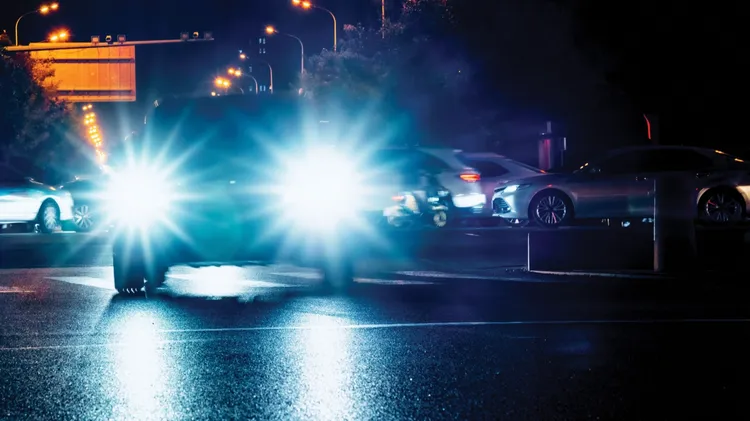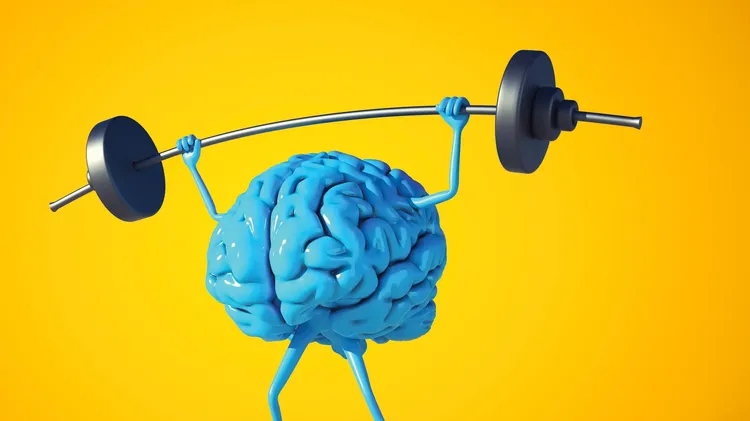Toni Shelbourne explores the canine senses – this month, a look at
How dogs use their sight
2 min read
This article is from...
Read this article and 8000+ more magazines and newspapers on Readly






